| The "serpentine effect" is the chemical effect of serpentine soil on the plants that grow in it. The serpentine effect is due to high amounts of magnesium and low levels of calcium present in the soil. Many species have adapted over time to these conditions and are found nowhere else. These native species are referred to as endemic. There are at least 215 serpentine endemic plants in California alone and about 221 types of plants are able to grow in both serpentine and other soils. Serpentine Endemic Plants Growing on Cal Poly Land
Leather Oak - Quercus durata
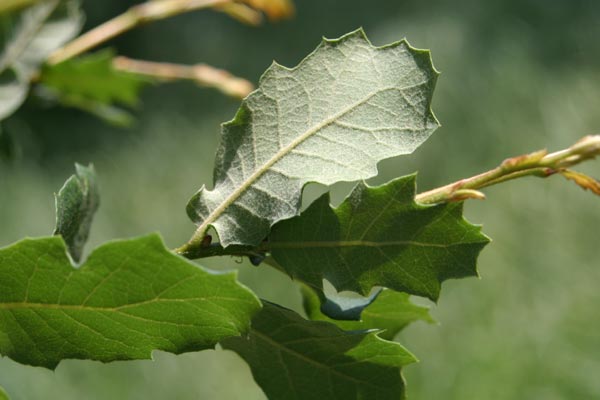
Source: http://www.natureathand.com/Gallery/Quercus_durata_1868.jpg
Buckbrush - Ceanothus cuneatus
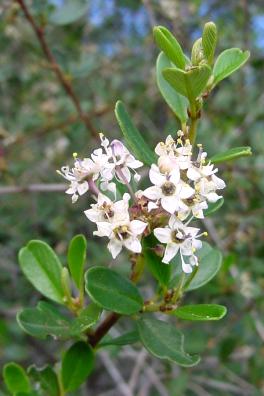
Source: http://www.calflora.net/bloomingplants/images/buckbrush4.jpg
Chaparral Yucca - Yucca whipplei
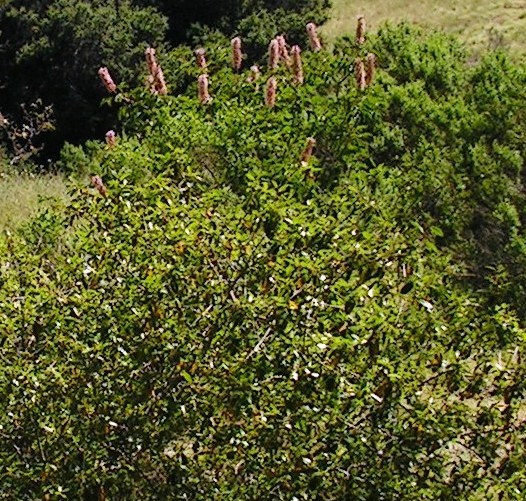
Yucca in full bloom, found in Poly Canyon Photographed by Jeannette Osterloh
Artemisia californica- California sagebrush
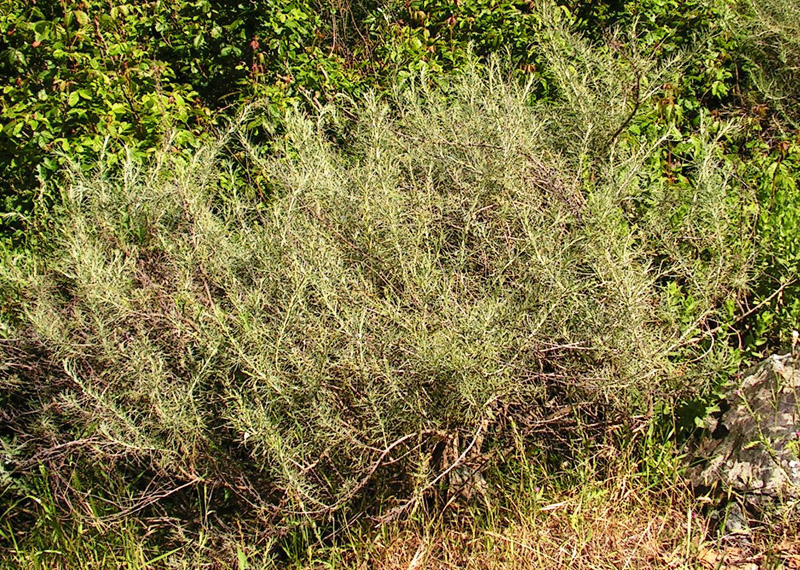
California sagebrush in Poly Canyon Photographed by Jeannette Osterloh
Eschscholzia californica- California poppy
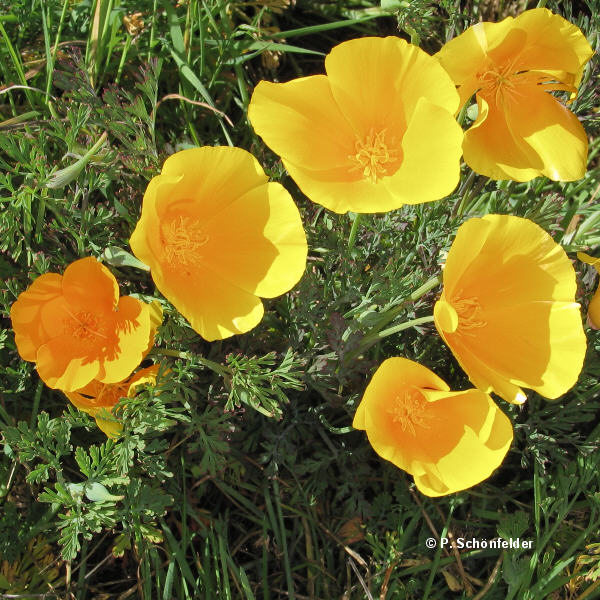
Source: http://www.biologie.uni-regensburg.de/Botanik/Schoenfelder/kanaren/images/Eschscholzia_californica.jpg
Calochortus obispoensis- San Luis mariposa lily

Source: http://polyland.calpoly.edu/topics/florafauna/images/slotuliplily.jpg Calochortus luteus-Yellow mariposa lily 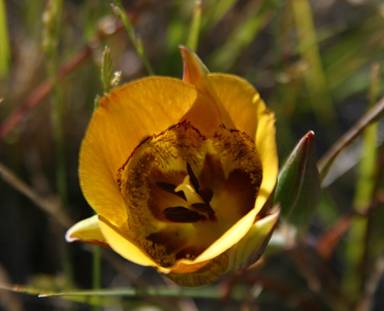 Source: http://www.coestatepark.com/1ea163640.jpg Rock Formation Mineral Characteristics Soil Composition
Locations on campus Miscellaneous uses GoogleEarth Tour
Home
For more information, please see:
Arens, Mike, R. “Poly Canyon Serpentine Soils Vegetation Studies.” February 1995. Cal Poly Senior Project
References
|